Head lice. Nits. Critters. Creepy crawlies. It’s enough to make your head itch even if you are not infested with the parasitic insects that feed on human blood and live close to the scalp.
Nits are a fact of life around New Zealand schools and childcare centres, with many parents frustrated by the difficulty of getting rid of them. Research shoes overtreatment with chemical insecticides has created resistance amongst New Zealand head lice, making them more difficult to treat and eradicate than in previous decades.
What are nits and head lice?
- Nits are the term given to the eggs of head lice, which stick to the hair close to the scalp.
- An itchy scalp is the first symptom that we notice and a closer inspection may reveal live lice crawling close to the scalp or eggs (nits) stuck to the hair shaft.
- From the time when the egg is laid until the live insect dies is about 33-35 days, and during that time they go from nymph to mature louse.
- Head lice are transmitted by crawling from head to head or through sharing things like hairbrushes or hats – they can’t jump or fly, as the six-legged lice have no wings.
- Head lice mainly affect primary school age children, but can affect all age groups and are not related to bad health or hygiene habits.
How do you treat head lice effectively?
There are all manner of head lice formulations and shampoos on the market, as well as electric combs, nit combs and so-called “natural” treatments which can still contain chemicals however the studys show the most effective treatment is the “conditioner and comb” treatment, which involves combing conditioner through an infestation and dunking all lice and eggs in hot water to kill them.
Store-bought head lice shampoos must be applied to all parts of the hair, ideally with the same precision with which a hairdresser applies colour to hair, doing it in sections and applying it close to the scalp.
No head lice product or insecticide currently kills all eggs, but is likely to kill the live lice. The problem is that eggs hatch at various stages of the life cycle and reinfestation occurs if re-treatment is not performed.
A complete getting rid of headlice regime consists of two treatments , a week or so apart. The first treatment kills the climbers, and the second kills the juvenile lice hatched from the eggs over the intervening week.
In all headlice cases a second treatment is needed as no head lice treatment kills 100% of the eggs. So if the first treatment killed all climbers, at the second treatment one would expect only juveniles, hatched from eggs during the seven day period, and no adults. You must retreat on day 7 with the same product that worked on the first treatment
Westmead Hospital head lice expert Dr Cameron Webb says lice have claws on their legs, which make them perfect for holding on to human hair – fortunately the critters cannot live for more than one day off a human head.
That means that a head lice infestation does NOT require washing and cleaning around the house. No amount of laundry or house-cleaning will prevent another head lice infestation if you ignore treating the hair and scalp where the lice were originally found.
Also, head lice cannot be caught from dogs or cats, as they can only survive on a diet of human blood.
New Zealand has many different head lice products on the market, but only four active lice-killing compounds are used, which include:
- pyrethrins
- synthetic pyrethroids such as permethrin and bioallethrin
- organophosphates such as malathion or maldison
- herbal and essential oils
If you use one product that doesn’t kill lice, look to see what the active compound is and then choose a product from another group.
IMPORTANT!
- Cover your child’s eyes while the treatment is being applied. Ask them to hold a towel against their eyes.
- Don’t use dangerous chemicals such as kerosene on children’s hair – it is not only flammable, but could seriously harm their eyes.
How do you know if the lice treatment has worked?
If a head lice shampoo or treatment is effective (ie. the lice are not resistant to it), studies show says the lice will be dead within 20 minutes. It recommends the following test to check whether a product you are using is resistant to lice.:
The head lice resistance test
Insecticide resistance in head lice is common, but it can be detected by assessing the effect of treatments. If live lice are found in the combings after treatment that has been correctly applied, the head lice are resistant to the product used, and possibly to any other product using the same active compound.
You can test if the lice are killed effectively by treatments with the 20-minute death check:
- After 20 minutes, use a fine tooth comb to comb the entire head of hair and then wipe the combings onto a tissue. This needs to be done at least twice and until little treatment formulation is visible on the hair.
- Examine the tissues and see if lice are alive or dead. Assess success of treatment and possible insecticide resistance.
- If all lice are dead, infestation is sensitive to product used.
- If some lice are inactive but alive, infestation may be partly resistant to treatment, but regard the louse population as “sensitive” if no lice are active.
- If some lice are active, infestation is resistant.
- For a sensitive population of head lice, the current treatment has been successful, but embryos in eggs will most likely survive. Retreat in 7 days using the same product.
- For resistant lice, the current treatment has been unsuccessful.
If lice are still present after two treatments, James Cook University recommends two options:
- Retreatment with same preparation a third time in seven days
- One week after the second treatment, put conditioner in the hair, comb with a fine tooth comb and check for lice.
- A good strategy to manage this situation is to use the conditioner and fine tooth comb technique between treatments. If conditioner is applied and then immediately combed out, the nymphs that have hatched will be removed. Do this at least twice in the 7 days between treatment 1 and treatment 2.
Some cases of head lice are horribly persistent and experts say the reasons for failure come down to one or several of the following:
- Inadequate application of the head lice product
- Lice are resistant to insecticide
- Failure to retreat to kill nymphs emerged from eggs
- Reinfestation
The cheap and cheerful conditioner headlice cure
You can buy prepared chemical solutions in bottles, but with headlice resistance a common problem, university researchers and schools recommend the cheap conditioner and comb cure for headlice.
You need to know before you begin:
- Wear gloves.
- All combs should soak in hot water and disinfectant after use.
- Lice die in hot water at 60C in 30 seconds.
- Scrub the combs and check that they are clean before reuse.
- Try to use a very fine comb, and after use you will need to scrub it with an old hard toothbrush and perhaps a pin or dental floss used to remove eggs caught in the base of the comb. Check in good light that the job is done properly.
It does need to be followed precisely to be effective:
- Apply plain white conditioner liberally to dry hair.
- Cover scalp to the ends of the hair.
- De-tangle hair with regular comb – if you do it with the nit comb straight away, your child will squeal and never co-operate again!
- Leave conditioner in hair for five minutes
- Separate hair into sections.
- Comb through with the fine comb.
- Wipe the conditioner from the comb onto a tissue and look for lice and eggs (nits).
- Remove all nits to assure total lice treatment.
- Rinse conditioner from hair and clean the fine comb in accordance with instructions above.
- Repeat this if active cases of head lice reappear. They do come back! Check your child’s hair regularly.
This article was created by Alex Brooks for Kidspot New Zealand

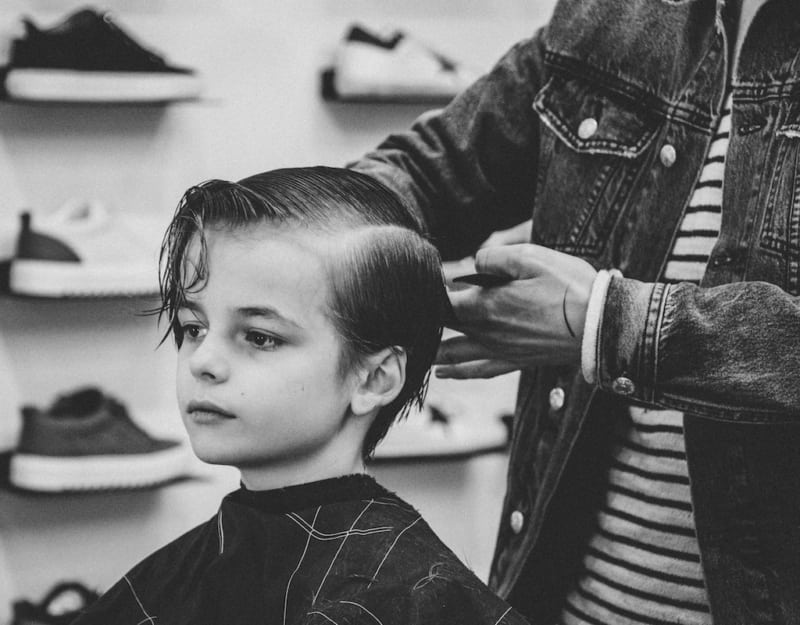
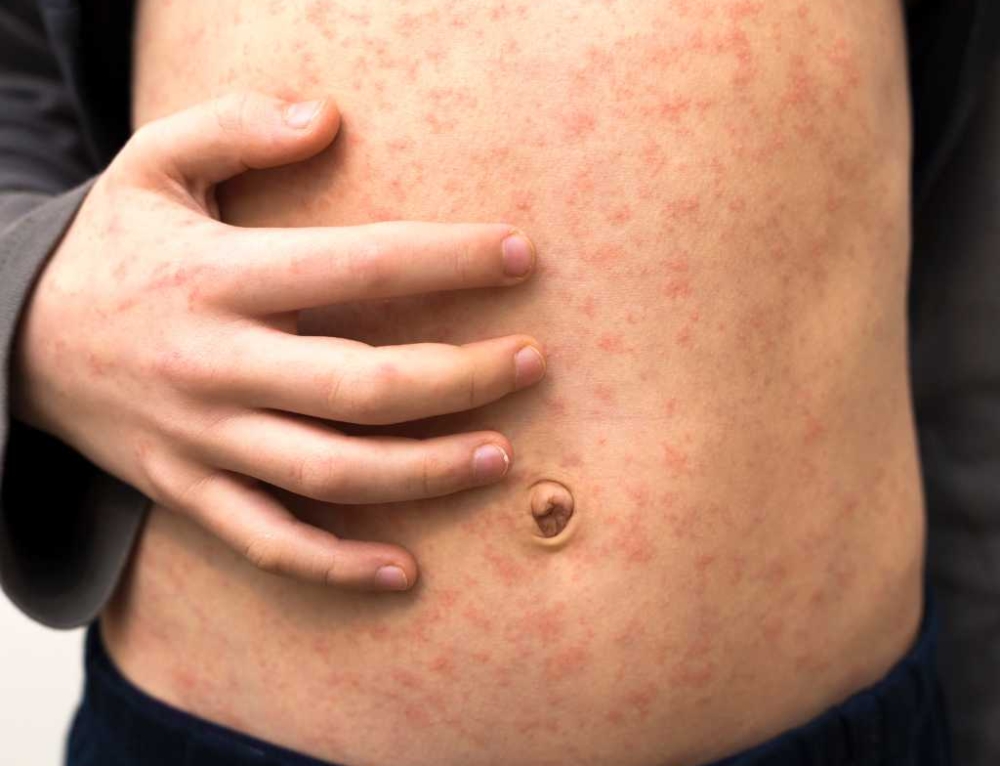
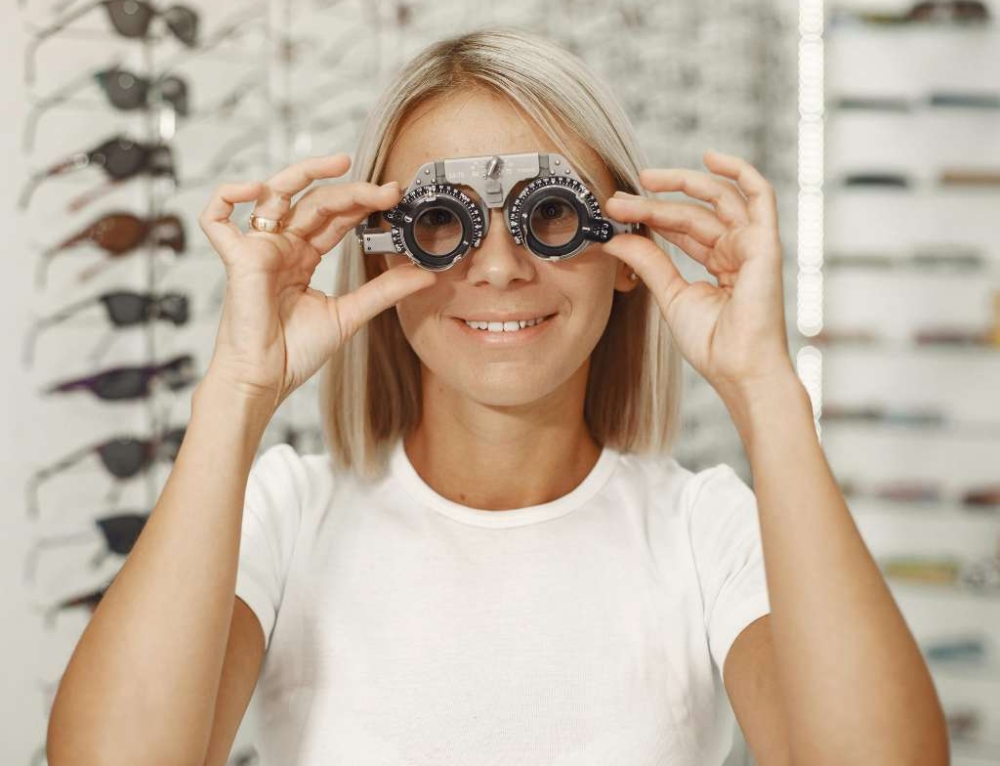
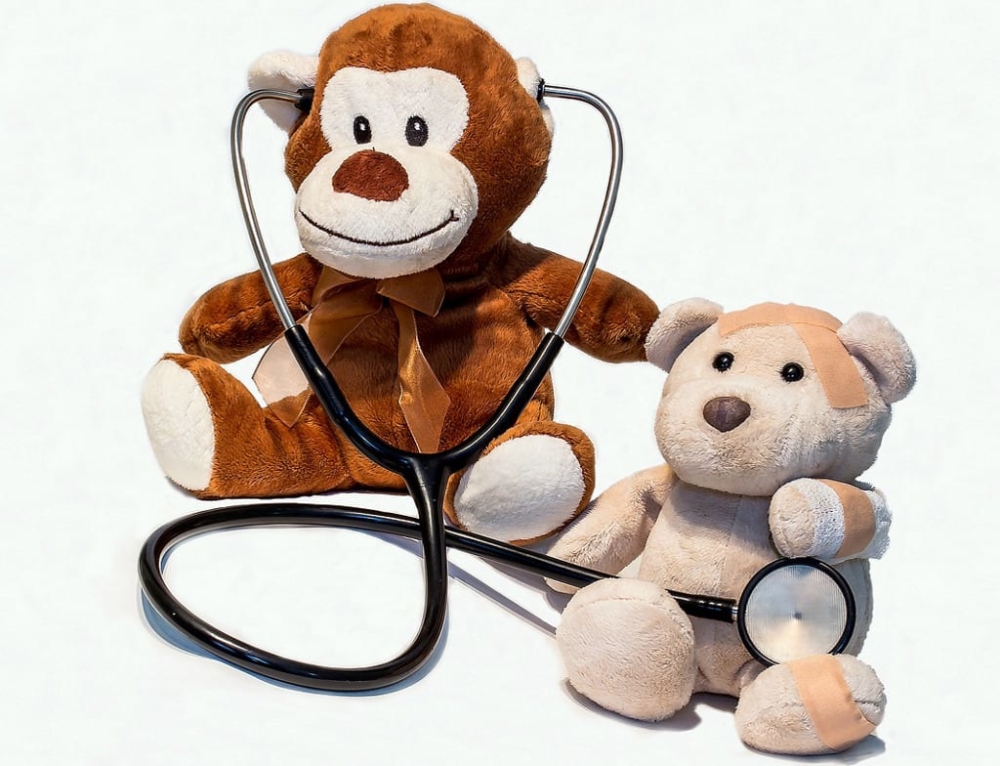

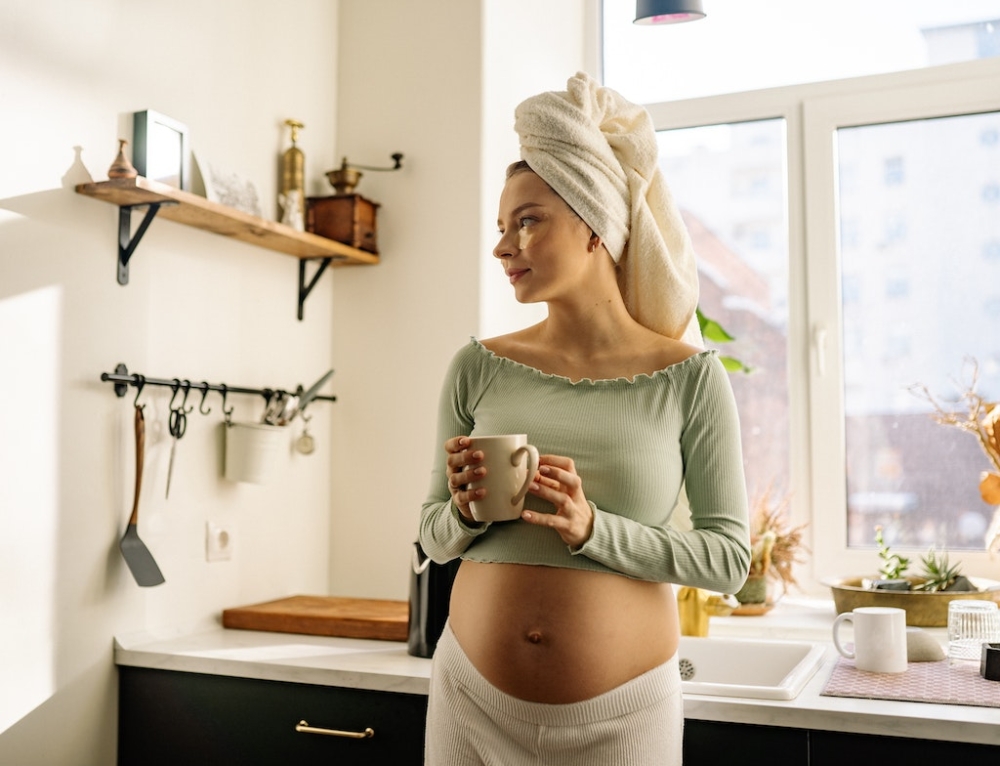
Leave A Comment
You must be logged in to post a comment.